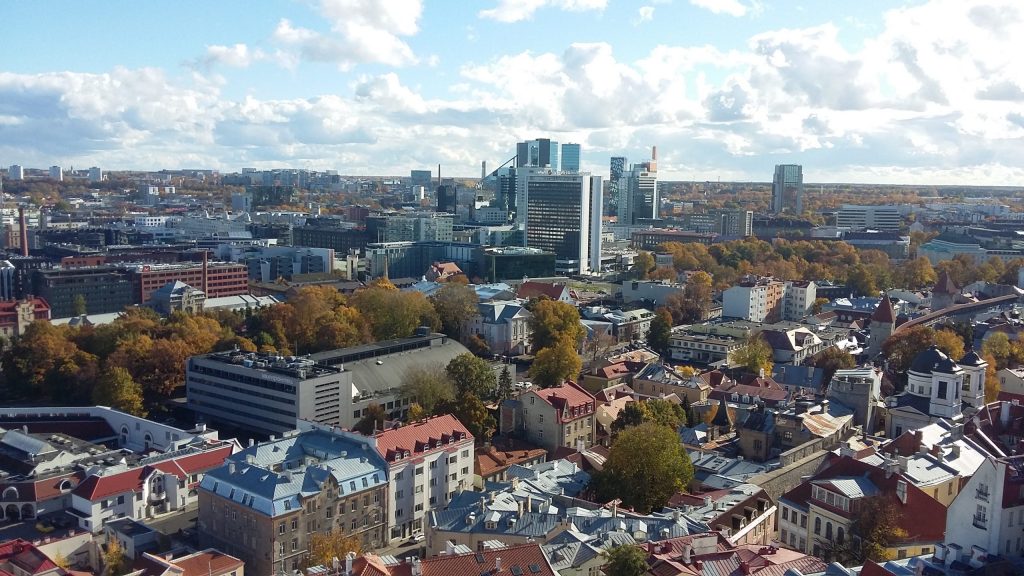
Plays reflect life, or at least that’s the aim of many writers, whether through satire, farce or realism. To this end, a number of key settings lend themselves to targeted explorations of this topic. For Alan Ayckbourne, the drama setting is usually middle class suburbia. For Noel Coward, Terrence Rattigan or Henrik Ibsen, the action is more likely to be in a high society mansion.
The Lancashire comedy, best exemplified perhaps by ‘Hobson’s Choice’ by Harold Brighouse, is almost certainly going to be set in a terraced street (and so to with Sheila Delaney). The common factor with all these writers is that they tend to look at how a particular social segment behaves in its respective domestic environment, with all the accompanying sub-cultures and parlances.
The city stands apart from all the above because by its nature, it is a melting pot. Certainly, certain hotels and flats will reflect a specific social strata but the city gives the writer much more opportunity to bring together peoples from different backgrounds and cultures. There is both impersonality and transience within the city so that few seem out of place there (unless perhaps, they go by the name of Crocodile Dundee!). The playwright who is possibly the most synonymous with the city is Neil Simon. Think of ‘The Odd Couple’ or ‘Barefoot in the Park’ and it is hard to imagine how either of these plays would have worked so well had they not been set in the non-specific social context of the city.
The same is true of quite a few French farces, best exemplified by ‘Boeing Boeing’ by Marc Camoletti, in which a French city dweller (at least in the original version) cavorts in his flat with airline stewardesses from three different countries. A block of flats in a city is ready vehicle for bringing in random characters from any country or nation. ‘Breakfast at Tiffany’s’ is good demonstration of this; best known through the movie adaptation of the novella but also a highly successful West End stage show.
My own venture into this genre was ‘How to relax in Amsterdam’, that was great to fun to write because of the lack of restrictions afforded by a city block of flats. Having juxtaposed random characters living just one or two doors away from each other provides more dramatic tension than if they are located a few streets or even houses away from each other. I brought together a hippy Irishman, a visiting Englishman, a Policeman and a Dominatrix with two native Dutch girls to create a comedy, set in a single city flat and centred round characters living very close to each other. The resultant mayhem provided all the ingredients for farce, with both character and cultural diversity.
With the exponential growth of inner city living over the last twenty years, the city flat is more a part of our lives than ever before so expect more plays set in city flats! This might mean less parochial stories and not as much in-depth examination of particular social groups and classes but it certainly reflects the times whilst giving writers more creative freedom.